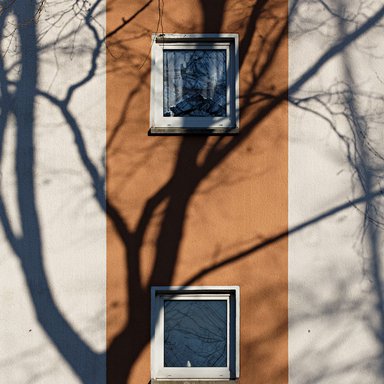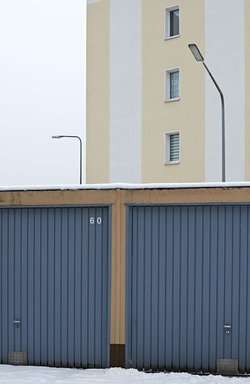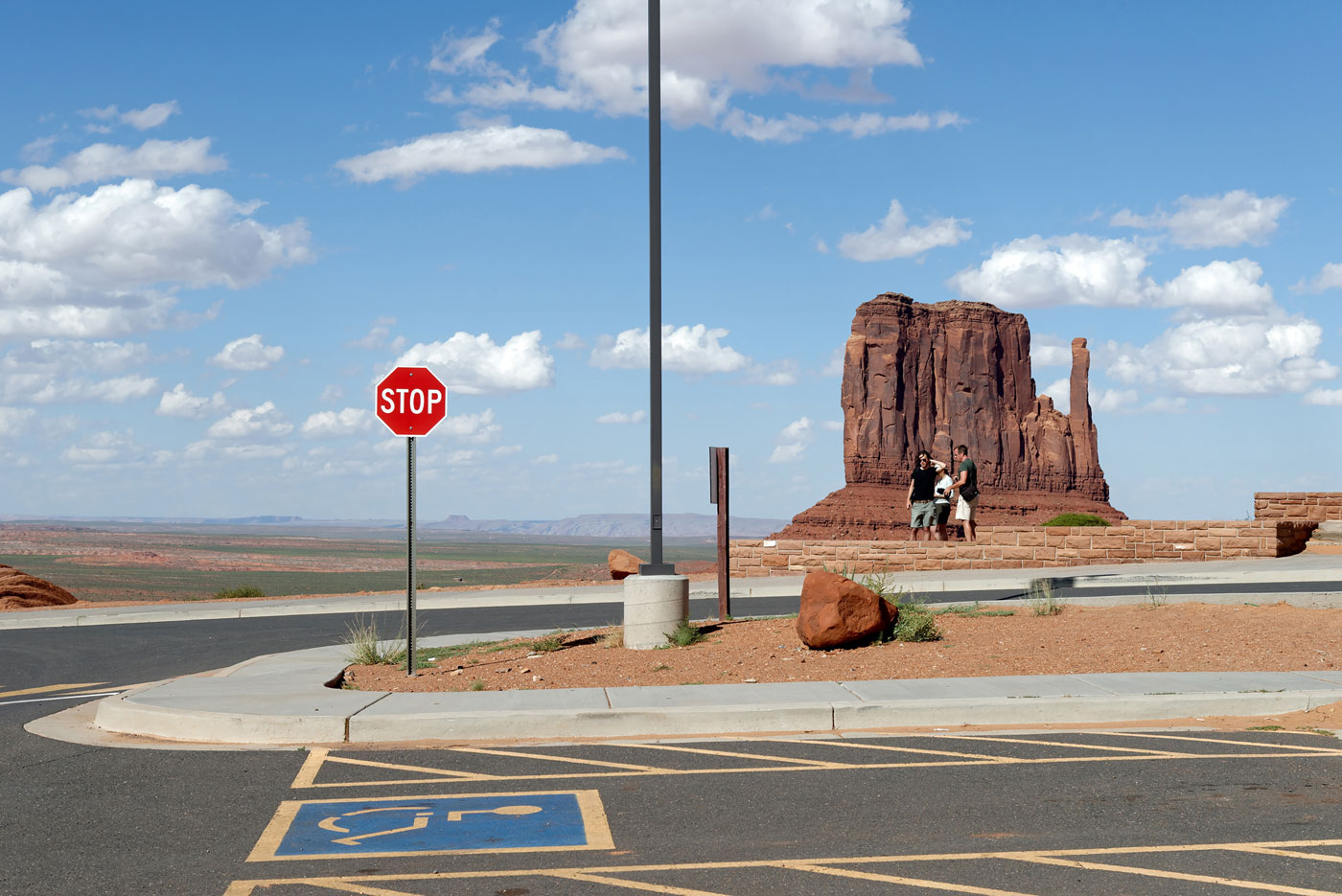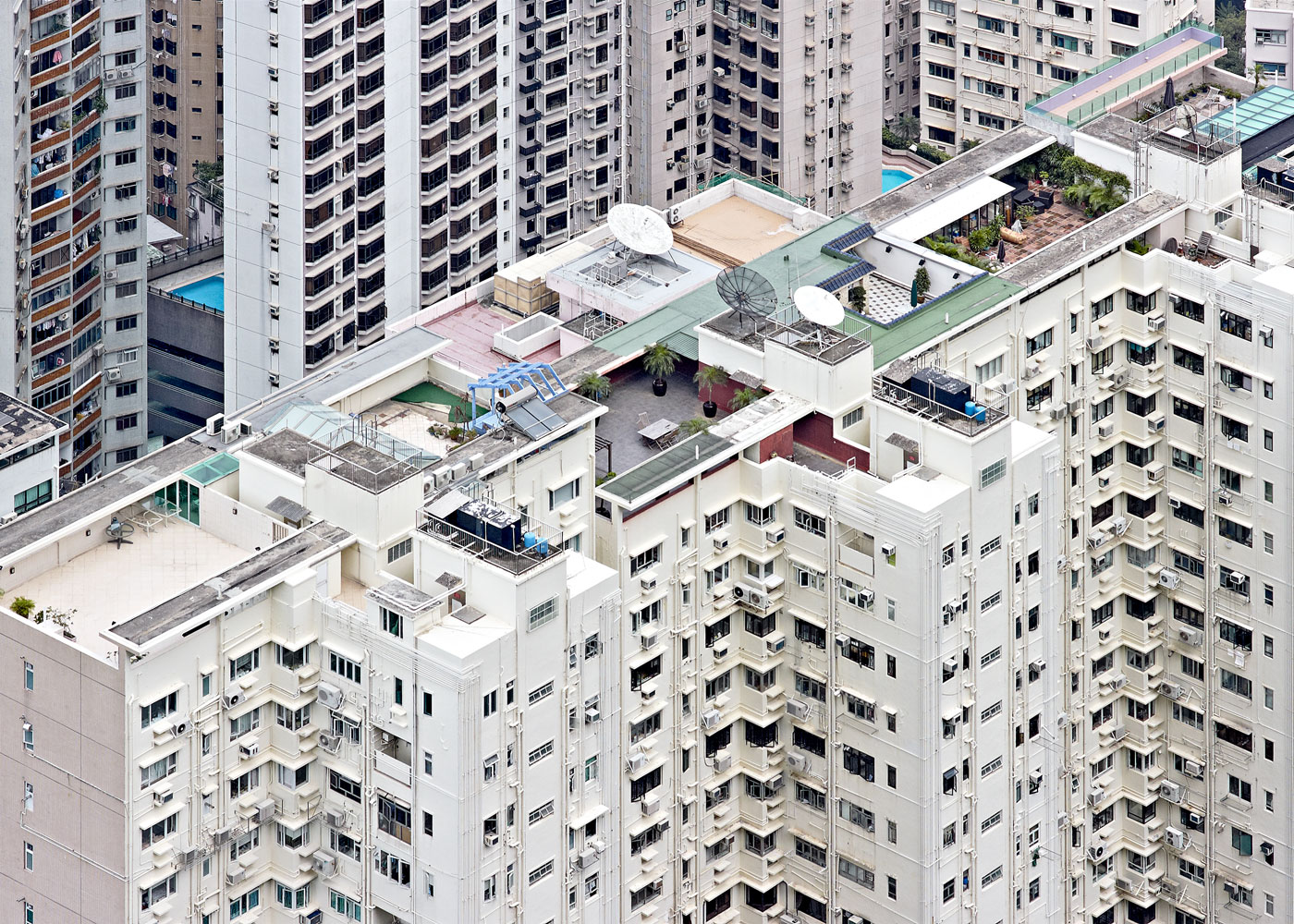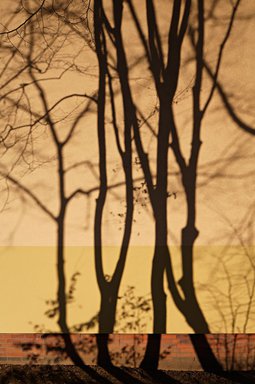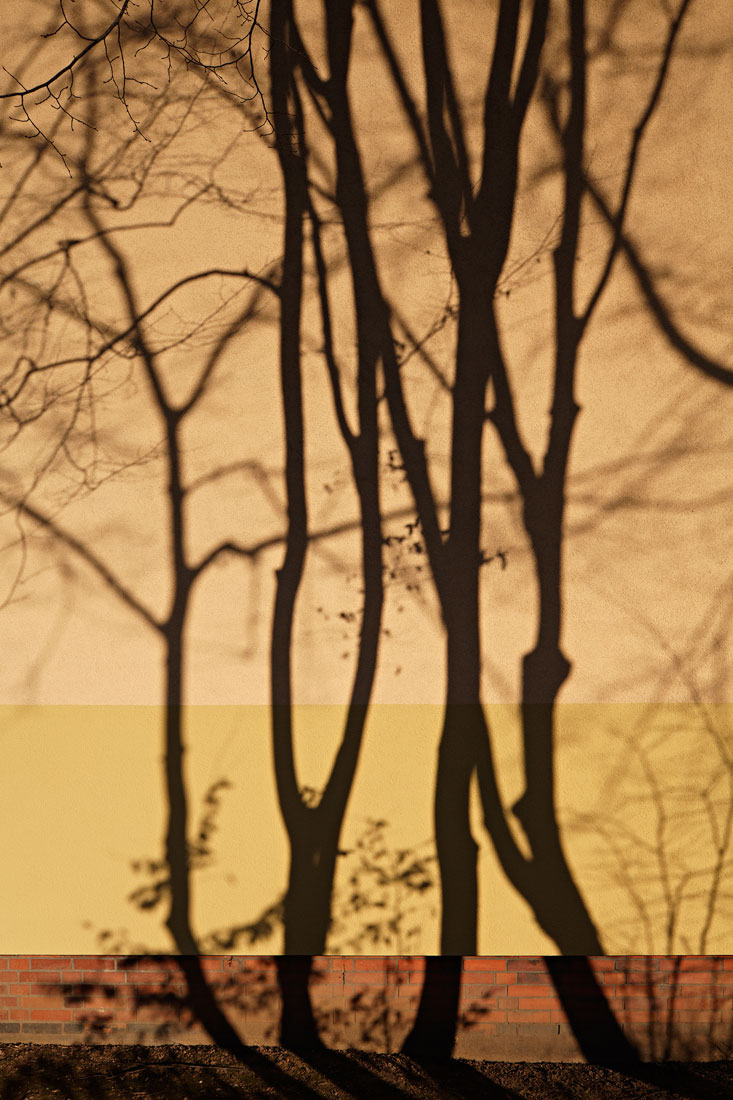Joachim Hildebrand | Allemagne Mon Amour (2011 - ongoing)
Joachim Hildebrand | Allemagne Mon Amour (2011 - ongoing)
The series Allemagne mon Amour is all about central places and spaces of everyday life in the homeland of the photographer - dwellings and their surroundings. In these places, the residents spend their free time, live out their individuality (or at least try to), strive for some privacy. Here the next generation grows up. Residents are shaped by their 'home', the places and spaces in which they live. They also shape them themselves, for example through planting and the use of colors. The interventions of the inhabitants in their environment are central factors for the atmosphere and the aura of these places. They give us – together with the traces of life, which are 'stored' there – manifold information. They tell us something about the inhabitants, even if you do not see them. This creates an indirect portrait of Germany, its inhabitants, and their lives. The view of the often uninspired settlement architecture in "blossoming landscapes" is calm and unspectacular. Precise compositions contrast with the very own poetry of these places.
Format:
Photo / Video
